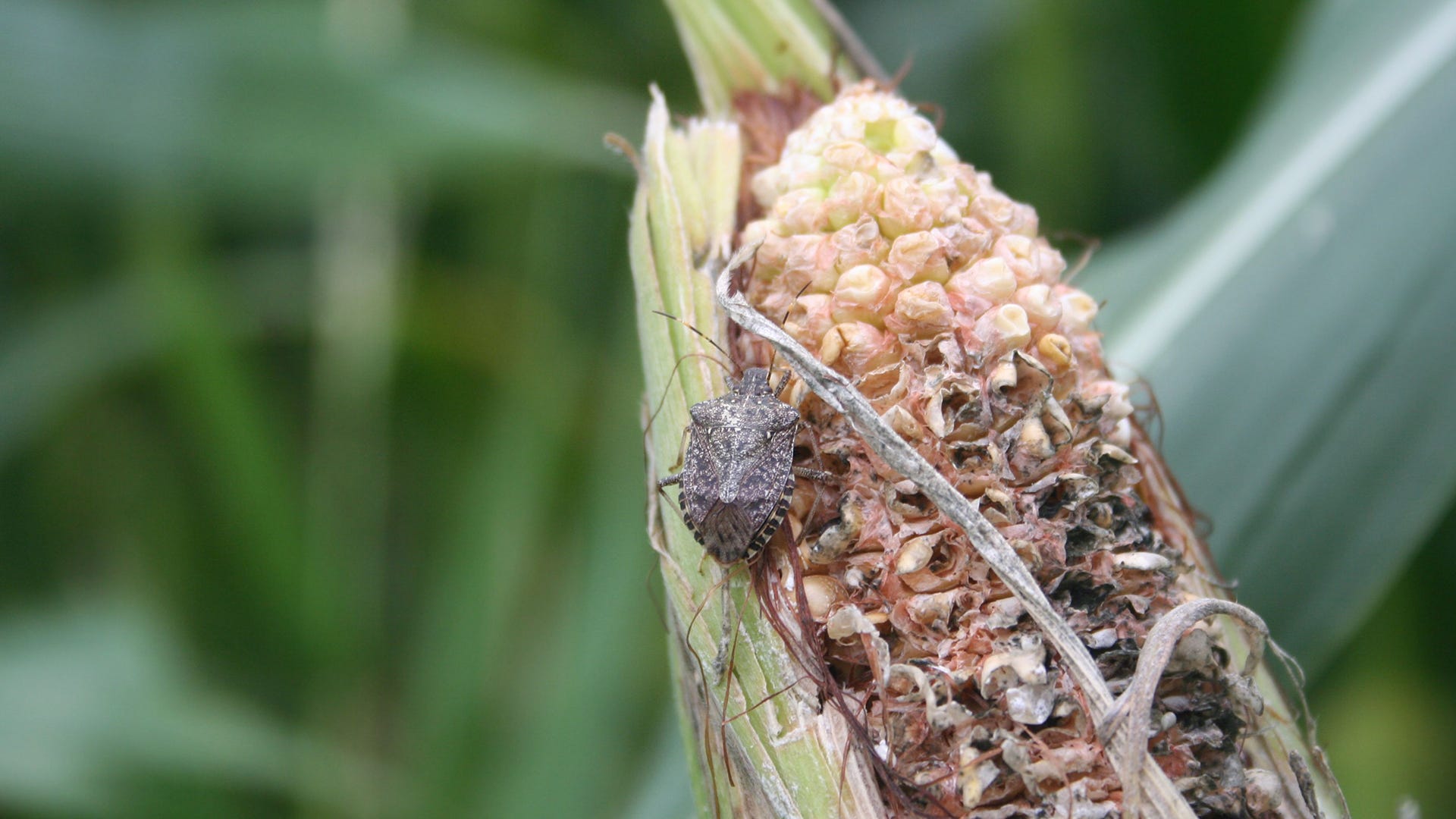It doesn’t matter how big, a slug of any size is not a pretty sight. Some slugs are found creeping on lettuce or cucumber plants, slithering along the sidewalk, or even all over the yard. Hopefully, you've never been one of those unfortunate souls who have found themselves accidentally stepping on a slug while strolling the yard barefoot. But is this slimy pest something we should have concern over or is it just one of nature’s harmless creatures?
Get to Know the Slug
How many of us can say that we know a lot about slugs? To most, they are just a sight of disgust but let’s dig in a little deeper beneath the slime. Slugs are land-dwellers in the mollusk’s family, snails are a close cousin. Their slime allows them to move around freely sharp objects even without damaging their muscular bodies. Also, the slime provides self-defense, a way to retrace their way, and keeps them hydrated as well. Without their lubrication, they would dehydrate and die.
Slugs can grow up to a whopping 10 inches long, although typically we see small slugs around 1-2 inches in length. Most slugs are light brown, yellow, or gray and have two eyestalks. These eyestalks provide vison and provide the slugs with a sense of smell. Their mouth opens to the radula, a tongue-like organ with tiny teeth to aid in the digestion of its food. The average slug lives anywhere from one to five years.
Where Do You Find Slugs?
Since they need to keep their slime fresh, slugs favor moist areas above anywhere else! Often you may see them after recent rain, or in the morning with the dew. They can be found all over North America and in various other countries as well. Gardens are a main visiting place for slugs, as food seems never-ending. They eat almost anything, including leaves, fungi, flowers, vegetables, dead animals, decomposing plants, paper, and more.
Slugs burrow underground which means trouble for root vegetables, flower bulbs, and even trees. In fact, during the summertime, only about 5% remains above ground, for those that you see above ground it may be during dawn or dusk. Slugs are nocturnal by nature and prefer meandering around in the dark.

How Dangerous are Slugs?
It may be a surprise, but slugs can cause harm. The slimy mucus that slugs produce can cause excess drool or vomiting in pets like cats and dogs if ingested. Even worse, some slugs carry a parasite called rat lungworm which can transfer into your pet if they eat a slug. If a human were to eat one of these infectious slugs, the parasites would travel into the brain and even the spinal cord causing tissue damage. This could even be transmitted from the residue that slugs leave behind on vegetables or salad greens. Yes, this could happen from a slug in your garden. So always be sure to wash your fruits and veggies.
How to Eliminate Slugs
Luckily for you, TERRO® has a few product solutions that can help you in the fight against slugs. These products in combination with some helpful tips in the garden, yard, and home should leave you slugless in no time!
- Reduce Moisture Indoors - While this is a bit harder to control outside, indoors you can use dehumidifiers to prevent excess moisture from remaining in the home.
- Yard Treatment - If your yard or flower garden is inundated with slugs try our TERRO® Multi-Purpose Insect Bait! This waterproof bait will attract and kill slugs and a variety of other insects. Use as a spot, perimeter or widespread application.
- Residual Control – It can be difficult to catch slugs in the act as most of their population is found underground, and they are nocturnal. By applying TERRO® Ant Dust, a threshold is created, which, if crossed, the slug will die. Additionally, this dust is ideal in moist locations where slugs prefer to hide since it is waterproof.
Questions on slugs, or other pests? Let us know when you visit TERRO® on Facebook. Learn more about ants, flies, and more in our insect library, too. For more on fighting pests or to receive exclusive updates on TERRO® products, subscribe to our eNewsletter.




